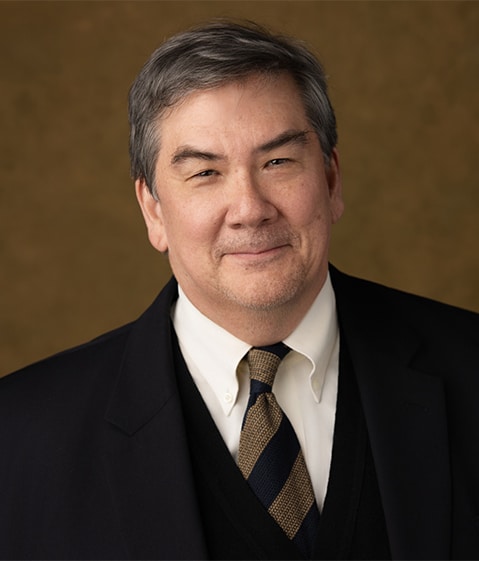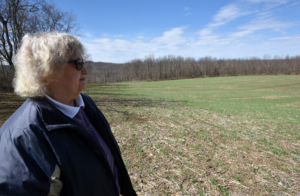When Randy Ralston and Linda Mendiola first looked to build a home on the small, 5,000-square-foot lot they own near the coast in San Mateo County, California, they were hopeful. Their parcel is zoned residential and is surrounded by other homes.
Today, however, their property remains vacant. Their quest turned into a minefield of development restrictions, an impossible application process, and a federal court’s equivocation.
The sticking point is that the county designates the property as part of the Montecito Riparian Corridor and protected as environmentally sensitive under the county’s Local Coastal Program (LCP), an additional layer of building restrictions that override the residential zoning.
Certified by the California Coastal Commission (CCC), the LCP prohibits nearly all development and use of the properties and streets in these areas. All that is theoretically allowed are activities such as education and research, fish and wildlife management, trails and scenic overlooks, and water supply projects. But these few paltry alternatives are generally unpermitted within the residential zone overlaying Randy’s parcel. Most importantly, building a home is not allowed in the riparian corridor.
With his property reduced to little more than an unnamed county park, Randy took the county and the CCC to federal court. He argued the placement of his property in the Montecito Riparian Corridor bars him from doing anything with his land and is a taking, no different than if the government had used eminent domain to acquire it. But the court said it couldn’t even consider whether the government has taken Randy’s land because the county has not made a final decision to deny all development.
However, the county has made a final decision that it will not allow any home on Randy’s land. Its own laws say so. Randy knew he didn’t need to ask for a permit to build a home, when there was no legal way for the county to issue a permit. The county’s laws and maps plainly forbid homebuilding on his land. But the court held that county officials could override the county’s own laws and allow Randy to build a home. Therefore, he should have awaited their final word. But county officials cannot override their own law’s absolute ban on homebuilding on Randy’s lot. Nor has it established any procedures for property owners to request county officials do so.
By dismissing Randy’s claim as “unripe,” the court effectively gave the county legal cover to take property by banning all development and at the same time forever pause the county’s obligation to compensate property owners for takings. Few, if any, landowners have the spirit, let alone the tens of thousands of dollars to waste on permit applications that cannot be legally granted, simply to get a court to say that the applicant has done everything they can. Unfortunately, federal courts have long accepted this government tactic to turn away takings claims.
Fortunately, the Supreme Court of the United States agrees that property owners should be treated like every other person asking a federal court to protect their constitutional rights: PLF’s 2021 win in Pakdel v. City and County of San Francisco confirmed that the government cannot force property owners to endlessly work their way through a maze of opaque, burdensome, and expensive processes just to get a “final” decision. In the Constitution’s reckoning, property rights are not second class. No amount of official foot-dragging should prevent owners from seeking judicial redress.
Here, courts cannot require Randy to ask the county to allow a land use it will not approve, via a process that does not exist, simply to make his takings case “ready” for the court’s review.
With their property rights relegated to a poor relation with the others in the Bill of Rights, Randy and Linda are fighting back. Represented by PLF at no charge, they have asked the Ninth Circuit to reverse the lower court’s dismissal, so they have the opportunity to defend their property rights.
What’s At Stake?
- Federal courts need to stop treating property rights as second-class rights and permit property owners to defend those rights before a federal court without delay—as it is for all other constitutional rights.
- The Supreme Court ruled in Pakdel that the government cannot play “hide-the-ball” with land-use regulations. If the government is going to restrict how you can use your property, it is obligated to make clear what those restrictions are and how to navigate the government’s process for obtaining any approvals that are possible.














